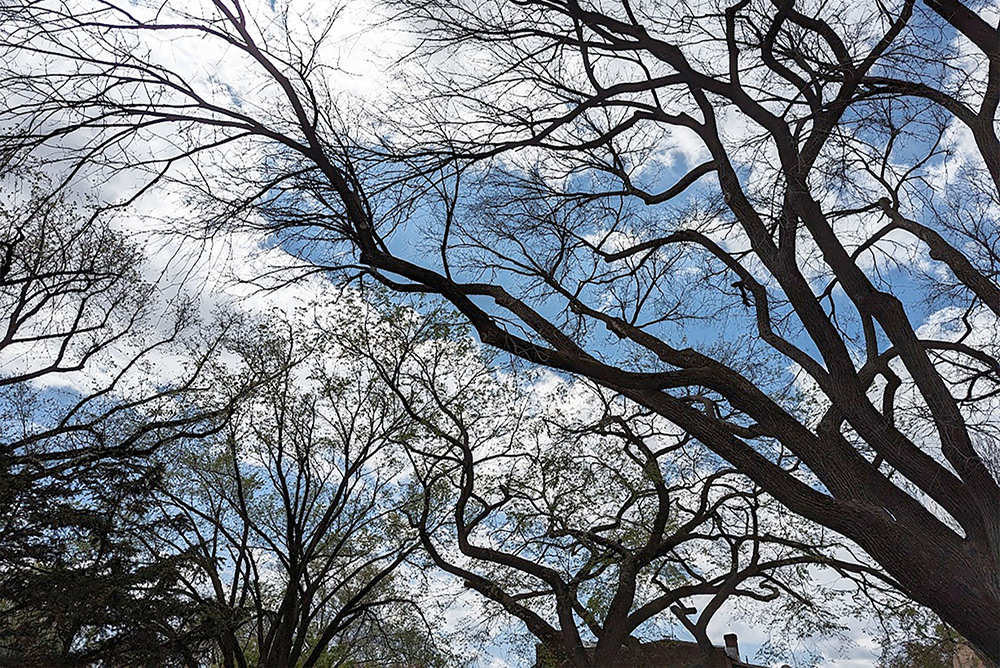By Stephanie Cavanaugh
WHAT MAKES YOU fall in love with a house?
Beyond the price, the number of bedrooms—the basics, you know.
It’s often something that makes you catch your breath. Romances you.
Some years ago I wrote a story about this. One man told me he saw the backyard of a house and the beautiful trees that lined a path to the back alley. He envisioned a Japanese garden, a path of white marble chips wending its way through. Unfortunately, and after the fact, he found out that the trees were black walnut. The marble path looked like a chewing-tobacco spitting contest.
A woman moving from city to suburbs saw the deer wandering through the backyard and had visions of them roaming through the flower garden she was determined to plant, nuzzling the daisies perhaps. Ha! on her.
There were several magical things that outweighed the practical when we bought this house in Washington DC’s Capitol Hill neighborhood. In 1983, it was a babe of 70 years, and beyond its original layout and woodwork, it had its original wiring and boiler—which the home inspector said was on its last legs.
But there were double back porches, chestnut woodwork, and a set of French doors in the basement, which had once been an apartment, that set off the space like a curio cabinet, promising Narnia, I suppose, but which turned out to be just leaning against the ceiling beam. There were also gardens front and rear. Or, at any rate, dirt that I could turn into gardens.
And there was the American elm tree in front of the house, planted when the house was built. It was, and is, one of two rows of elms that line this block. Some of the oldest and largest in the city, I’m told. Ours is now about 100 feet tall, with limbs that tangle with those of the tree across the road. It’s a grand sight throughout the year: bewitchingly bare in winter, then wonderfully shady from mid-April (it’s just now leafing out) through frost.
I read up on it. American elms, it seems, were once a common sight in the US. Not only do they grow fast—30, 40 feet in 30 years—but they have a dense canopy that filters the air. Then Dutch Elm disease, a lethal fungus spread by bark beetles, struck. First identified in the 1930s, when North America had about 77 million elms, by 1989, the disease had killed 75% of them.
Oy. So now along with the boiler exploding, the house going down (or is it up?) in flames from a frayed wire, I’m thinking we have to worry about the tree? That tree makes the house special.
The only thing to be thankful for is that if and when it dies the city will be responsible for removing its corpse and supplying a new tree—perhaps another American Elm, one of the strains that have been developed to be disease-resistant.
In the meantime, it carries on—as does the hundred-year-old boiler, by the way. We were told by our appliance guy that as long as someone is alive who knows how to repair it, there’s no reason to ever replace it.
◊◊◊◊◊◊◊◊◊◊◊
If you’re in DC and curious about your street trees, there’s a terrific map put out by the city detailing the placement, variety, and size of every one of the 165,000 elms and oaks and cherries that beautify the city, including 9,000 trees on the Mall alone. Quite the effort. Bravo.


This is a lovely column. Mature trees are not necessarily replaceable. It pains me to see whole swaths of forest torn down for housing developments. Why not just remove the trees for the foundation, something the developer of a project my parents moved us to in 1968 did. The trees were mature then, and that neighborhood is still wonderful.